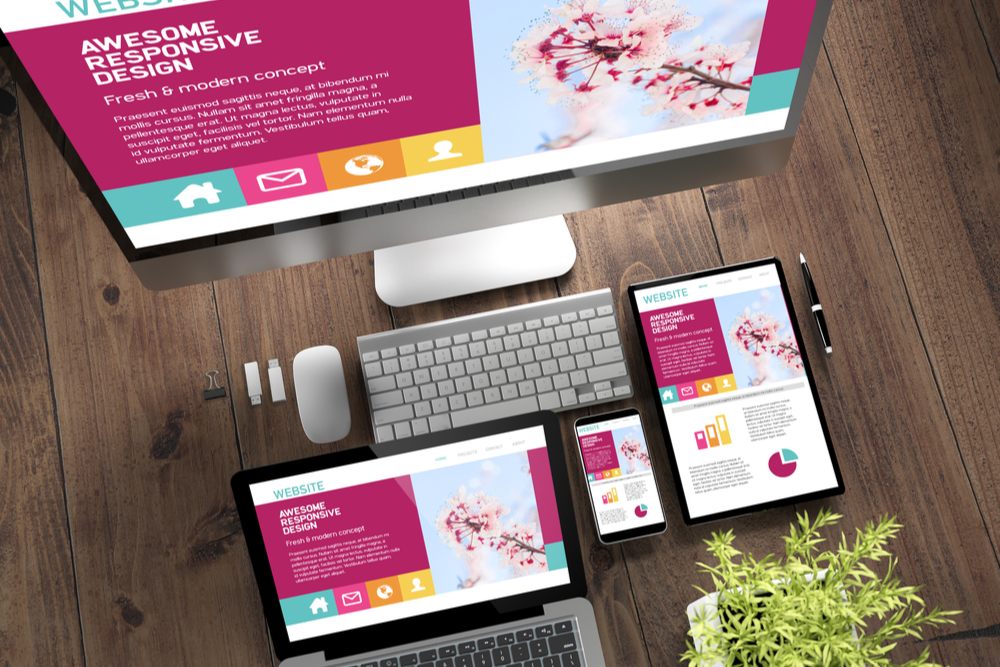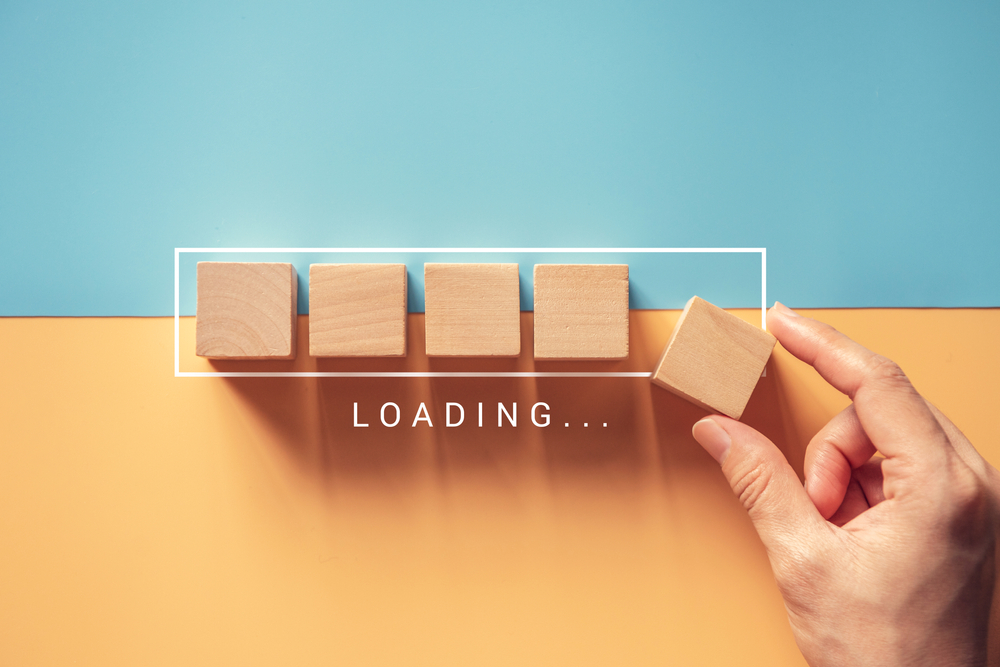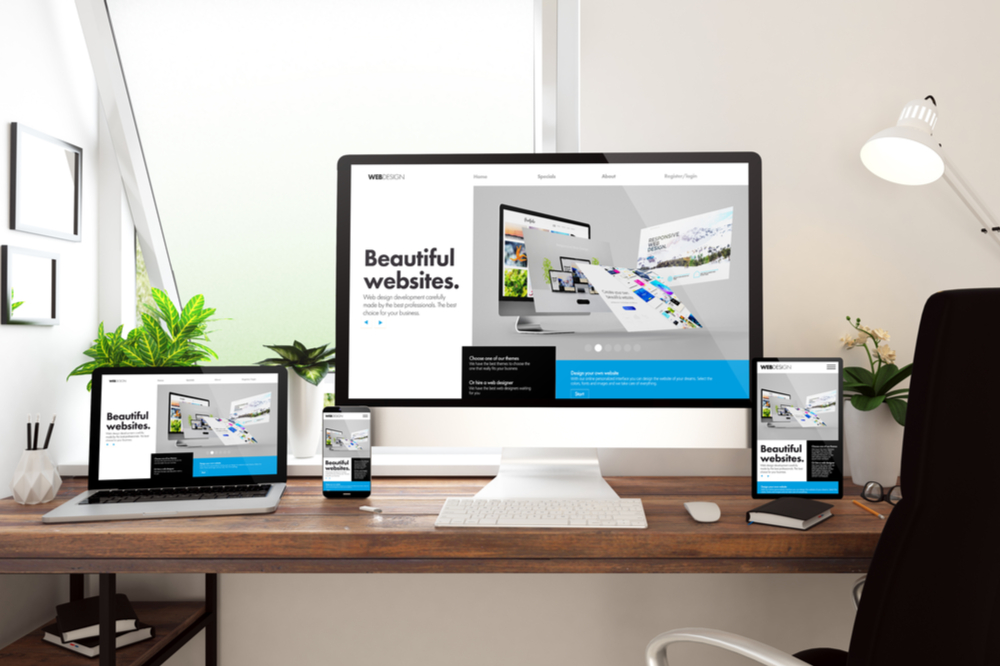Designing a website is much more than building on aesthetic values alone. While the visual aspect of a website is crucial in establishing your brand’s credibility and ensuring the best user experience for your potential customers, there’s one thing that you should be optimizing for: discoverability. To be accessible and discoverable on the world wide web, your website needs to be optimized depending on the search engine’s algorithm and requirements. This is why the application of SEO best practices in web design, or simply SEO web design, is now becoming a norm in website development. In this article, we will discuss what SEO web design is, why the combination of these two digital marketing strategies can help your brand reach greater heights, and why the implementation of this process has been one of the top priorities of many Hong Kong web design companies today.
What Is SEO Web Design?
To better define what SEO web design is, let’s first narrow down what SEO and web design are separately, with respect to their individual importance in digital marketing. SEO, or search engine optimization, refers to improving website traffic by increasing a website’s visibility on some of the major search engines on the internet. This process works by building links, creating optimized content, and ensuring all technical aspects of the website allow crawling and indexing. Web design, on the one hand, refers to the visual properties and user experience on a website, including graphic quality, color schemes, and navigation.
While these two concepts are vastly different from each other, when combined, they can help your website forge a path to better accessibility, memorability, and discoverability. But how do you combine these two in website building? The easy explanation is that certain facets of web design directly influence SEO campaigns by promoting user interaction, ensuring website cohesion, and building a site architecture that’s search-engine friendly. So to answer the question of what is SEO web design, it’s basically building and designing a website that is both aesthetically pleasing but is also optimized for search engine ranking and customer accessibility.

Is SEO Really Important in Web Design?
Traditionally, web design had a specific focus on the aesthetic side of a website, from its appearance to the overall flow. And while design figures largely on customer retention and impression, it did not originally include search engine optimization in its priorities.
However, the inclusion of SEO in web design has been an inevitable step as search engines started to become smarter and more specific in their measurements for site ranking. Today, search engines have included a variety of factors that have spilled over to web design. This is why digital marketing today has started to combine SEO principles and web design into a more comprehensive practice designed for maximum customer reach. Now, SEO can be considered a crucial part of web design, with SEO specialists and web designers closely working together to achieve better site performance and reachability.
How Do I Design an SEO-Friendly Website?
Once you’re familiar with what SEO web design entails, the next question you may be asking is how you can design a website that is SEO-friendly. Because aside from wanting a web design that’s aesthetically pleasing, you also want to situate your website in front of your potential customers and target audience. To help you, here are some of the main SEO web design principles you need to know to optimize your website effectively and efficiently for the best performance:

Website Responsiveness
The broadening of internet connectivity today has led to better accessibility of the world wide web through a plethora of mobile devices, from tablets and smart phones to desktop computers. With these advancements, web designers are now expected to deliver responsive web designs that can accommodate varying resolutions without diminishing the user experience. While this may seem like an aesthetic choice, responsiveness highly influences a website’s performance and SEO since it can dictate whether your target audience will stay on-site or leave if your user interface is not optimized for mobile.
With over 14 million mobile users in Hong Kong, optimizing your website to be responsive to different screen types is crucial in promoting customer retention. In addition, Google has recently added mobile-friendliness as a ranking factor, meaning that if your website is optimized for mobile use or is responsive enough to be accessible by customers through their mobile phones, you have a higher chance of ranking than websites that are not yet mobile-friendly. Since ranking is one of the main goals of SEO, this should be a priority in your web design.

Scannability
With SEO web design, you want to build a website that strategically places content in a scannable manner, especially since online browsers often have shorter attention spans, and they have a knack for scanning content only for the information that they need. Chances are that when a customer or a site visitor clicks on your website, they’re not going to read your content word-for-word. This is why you want a web design that is scannable and easy to navigate and read.
You can achieve this by establishing a content hierarchy from the get-go. With the help of SEO specialists, web designers can easily pinpoint content that is most relevant to consumers and highlight them for better emphasis and readability. Web designers can also move site elements around to better accommodate the reading patterns of online consumers, further optimizing the site for better perusal.

Website Speed
Did you know that a customer is more likely to bounce when a website loads longer than normal? The longer your website loads, the higher the chance that you won’t lead your customers to conversion, and the lower the chance that they’ll visit your website again. This is why optimizing your load speed at about 2 seconds or less is the sweet spot to ensure that your customers stay on your website long enough to either be familiar with your brand or be convinced to purchase from your website. But how does this connect to SEO web design? Simply because web design elements dictate how fast or how slow a website loads, including the graphics, the font styles, and the site features.
When you partner with an agency that offers SEO services in Hong Kong, you’ll notice that one of the priorities of their web design and SEO team is to minimize load speed by compressing website elements, reducing redirects, and optimizing images and graphics.

Website Structure and Navigation
Website structure and navigation are foundational elements in every website. Not only does a well-planned site framework assist online readers in navigating through the website’s internal pages, but it also helps search engines determine the page hierarchy of your whole site. This influences which pages you’re more likely to rank on search engines and which ones will require periodic updating to facilitate more frequent search engine crawls.
With SEO web design, SEO specialists and web designers can collaborate and build site frameworks that are designed for better site performance and structured navigation for better customer experience and improved ranking.

Alt Tags
Lastly, with SEO web design, all the images and graphics need to have alt tags to improve Google’s ability to read your website’s content. Because search engines rely on artificial intelligence, you need to make sure that all elements on your site can be read and processed by search engine crawlers, including images included on your pages, thus improving your chances of ranking for the keywords that you’ve chosen to target.
In addition, alt tags can also improve accessibility, especially for disabled people who need screen readers and text-to-speech to navigate through a website. With alt tags, screen readers can clearly convey the message of the site’s graphics without completely relying on visual elements alone.
Improve Site Reachability With SEO Web Design
In the world of digital marketing, optimized site performance and better target audience reach are often products of multiple collaborations between marketing teams. From content creators to paid media, all specialists play crucial roles in refining website elements that dictate a website’s success. SEO web design is only one of these collaborations that have been tried and tested by experts around the world.
With the combination of SEO and web design, brands and companies from around the world can target two fundamentals of digital marketing. With web design, they can seamlessly establish their unique branding while at the same time improving audience reach and promoting site ranking by applying the best practices in SEO.
If you’re unsure whether SEO web design may be the best choice for your brand, you can reach out to us at Truelogic HK and let us help you determine the course of action to bringing your brand online or improving your site’s performance through digital marketing.


